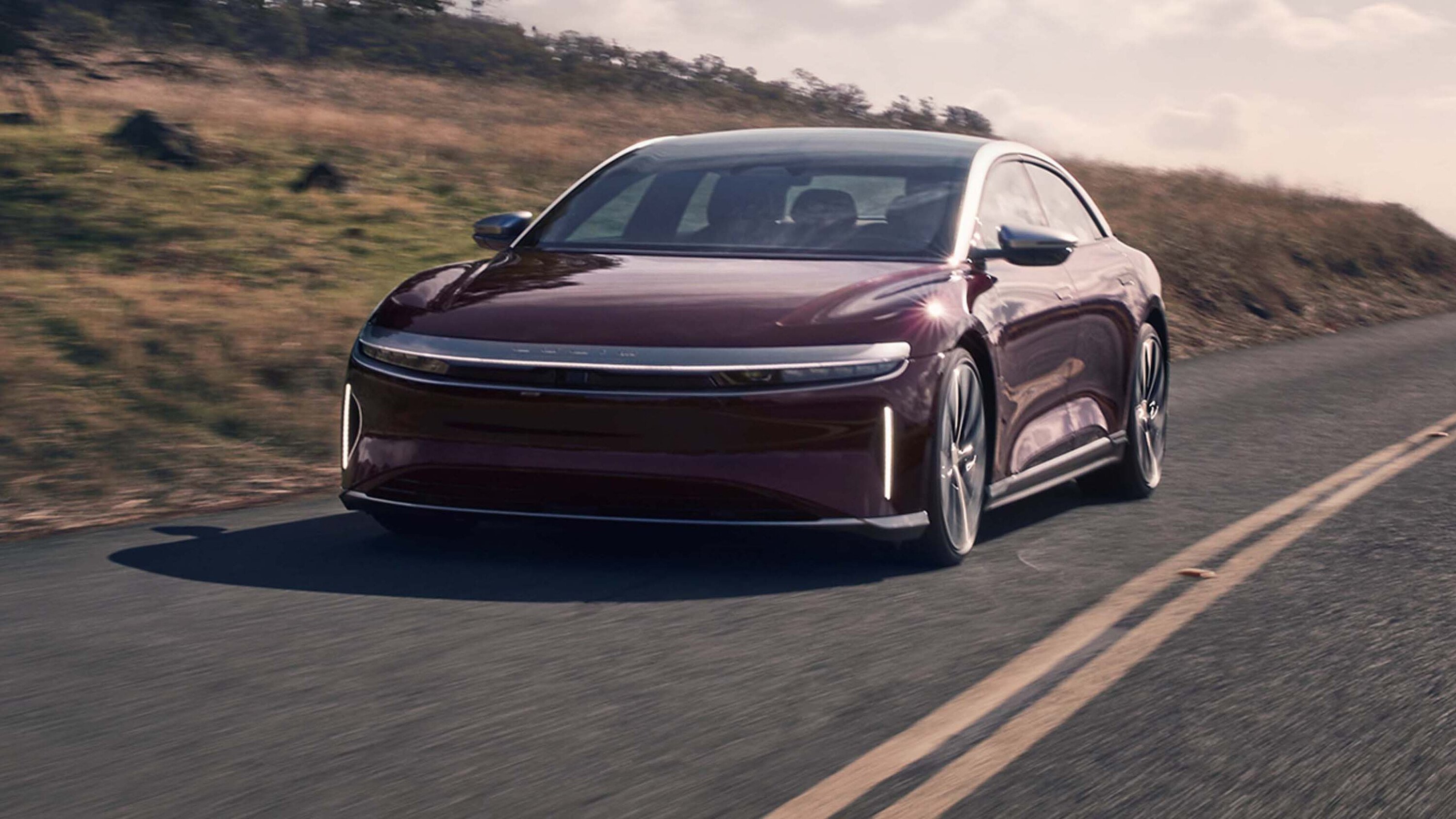Get used to the name because you’ll be hearing a lot more about it.
The Lucid Air Grand Touring luxury EV saloon, which won’t launch in Australia for another two years, is guaranteed to pull bigger crowds than the Tesla Model S, the visually polarizing BMW i7 and that aggressively aerodynamic jellybean, the Mercedes EQS.
The Air Grand Touring is a very pretty car inside and out, and with a claimed drag coefficient of 0.197, it narrowly beats the almost-equally slippery competition.
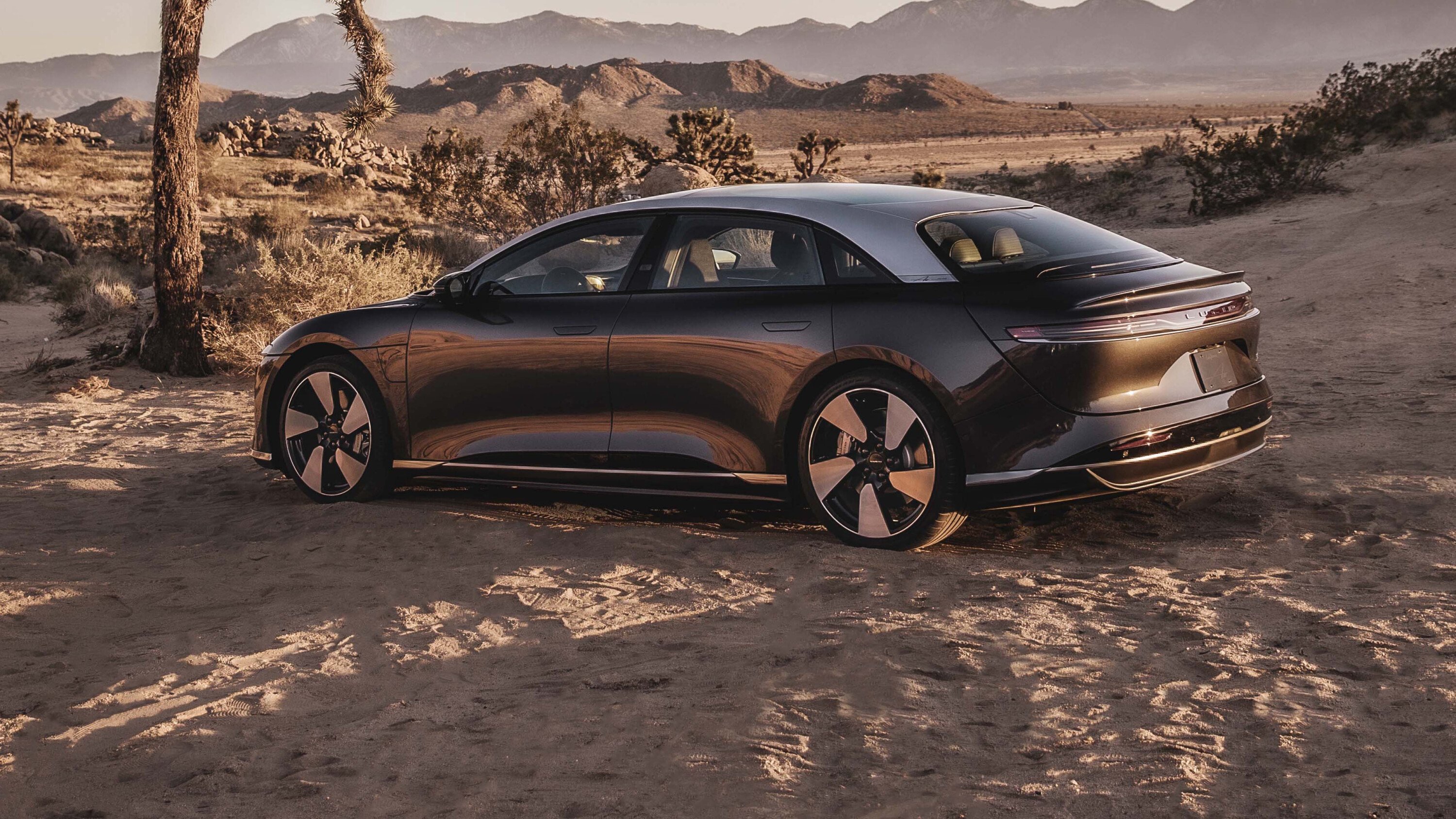
The other USPs of the newcomer from Silicon Valley are the larger-than-life 283-litre frunk which backs up a sizeable 627-litre boot, a maximum charging power of 300kW and a record WLTP range of up to 843km.
So why is the brainchild of the CEO Peter Rawlinson (who worked at Lotus and Jaguar before co-engineering the Tesla Model S) not selling like hotcakes across the globe? Because ramp-up has been slow, the budget is still tight and Lucid is struggling to match even no-name Chinese start-ups for familiarity and awareness.
The starting price of the 462kW Lucid Touring AWD is US$96,500 (A$151,000). Similar money buys a 335kW Mercedes EQS, a 406kW BMW i7 xDrive 60 or a 761kW Tesla Model S Plaid.
Note: This story uses a selection of Grand Touring and Grand Touring Performance photos.
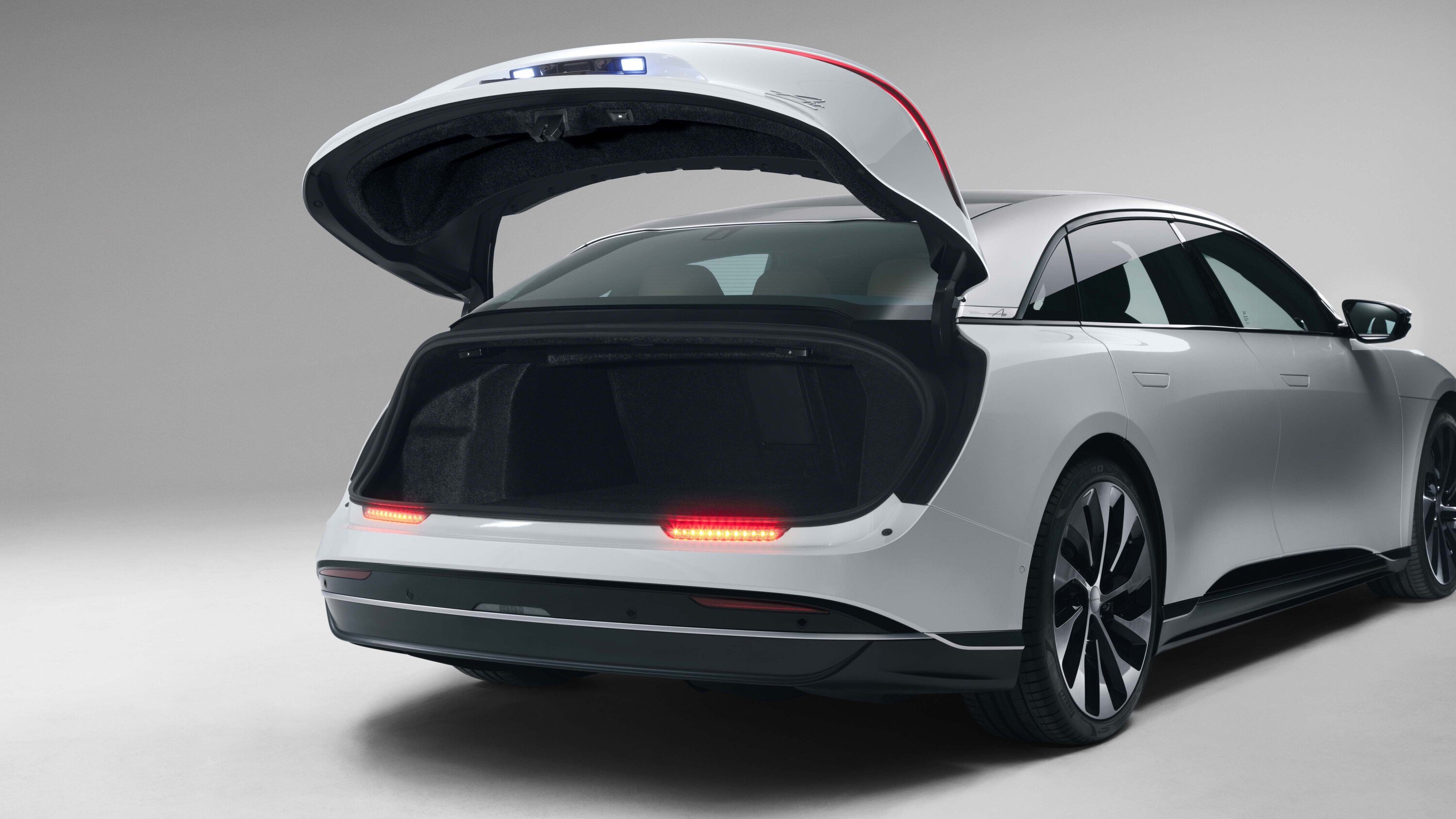
Our Lucid test car arrived fully charged, yet the digital range indicator showed only 650km to empty, suggesting that the previous user had a very heavy right foot.
But we could match that, and the Air duly delivered. Forget about the 0-100km/h sprint which is a once-in-a-lifetime three-second affair; what really matters is the truly awesome and positively physical acceleration on the fly.
While most high-end EVs quit the V-max contest between 210km/h and 250km/h, the silver -over-maroon glass-roof beauty pulls an impressive indicated 282km/h. To hell with range anxiety! Let’s go find a Porsche Taycan Turbo and battle it out. Or, better, still, pull the Plaid off that Model S.

While the driver and the front-seat passenger travel in complete comfort, the occupants in row two are let down by the tightly packaged and uncomfortable bench which is short in the cushion and too casually padded.
The steep backrest puts you at an odd upright angle with the legs sharply bent and the knees akimbo – big and tall frames would be much better off in the back of a Skoda Superb.
The Air is also quite firmly sprung and damped, and it’s again the rear which raises complaints regarding minor jolts and an underlying restlessness on bumpy roads and over transverse ripples.
Driven flat out on the autobahn from Munich to Stuttgart on a weekday morning, the advertised range shrank in no time at all from 843km to a tad over 480km.
This just confirms that high-performance EVs still cannot match their ICE rivals as long-distance high-speed cruisers; they simply use too much energy when pushed hard [https://www.whichcar.com.au/car-advice/what-does-ev-kw-mean], and they take too long to replenish it.
However, the Air Grand Touring is the new undisputed pit stop king. While its rivals can spend between 29 and 34 minutes hooked up to high-voltage umbilical cords, the Lucid, which can be charged at rates up to 300kW, nails the 10-to-80 percent fill in 20 minutes flat; an achievement worth a bonus point because every extra minute of waiting time at grimy truck stops sucks.
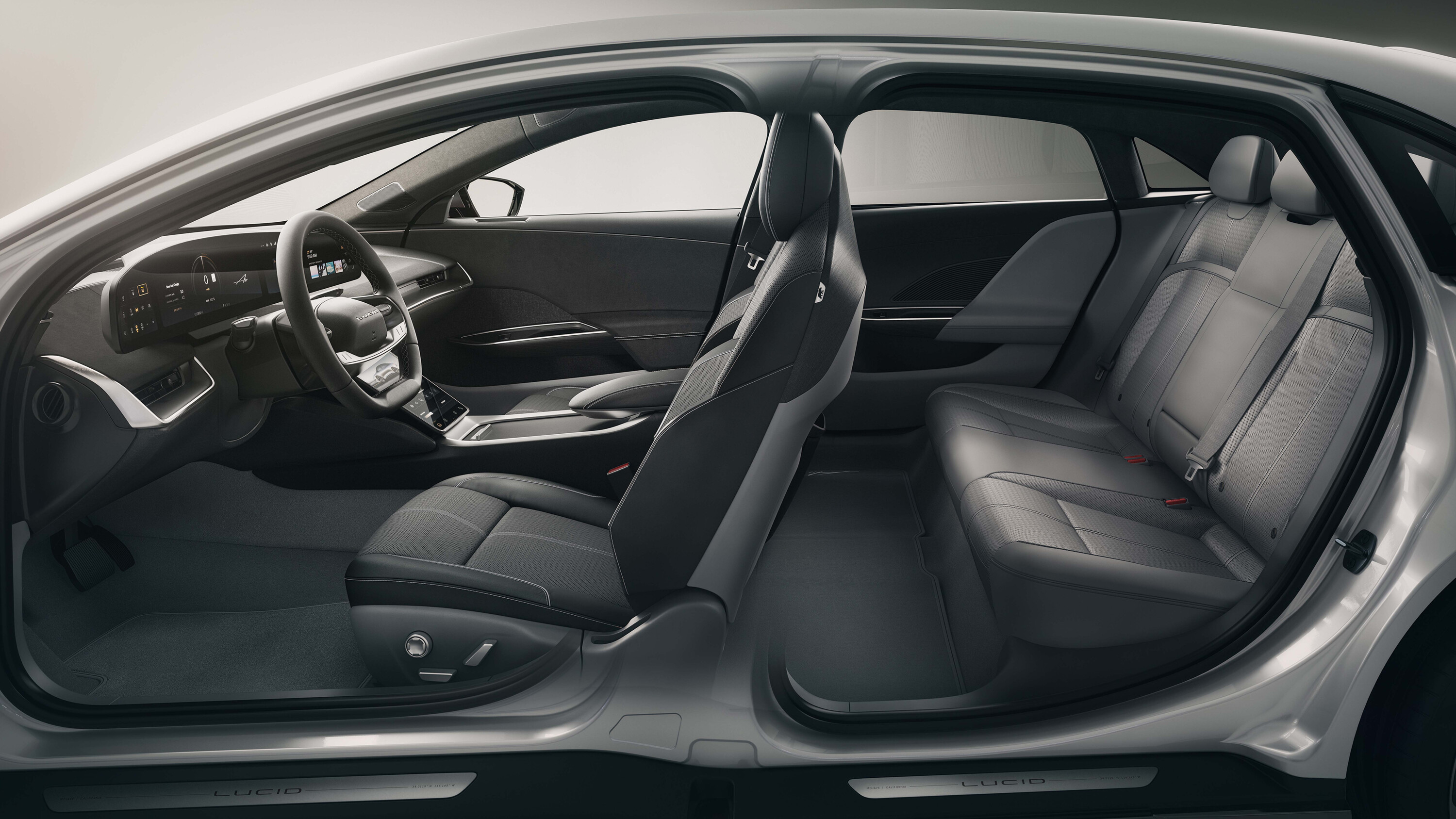
To be fair, one should mention that vast parts of Europe, Asia and North America are not exactly drowning in suitable ultra-fast chargers, let alone Australia.
At a WLTP average consumption of 14.9kWh/100km, the Lucid is the most efficient contender in the high-performance six-figure price segment, too. On paper, it is even more energy efficient than a 91kW Renault Kangoo E-Tech or a 152kW VW ID.Buzz.
The Air shares its footprint with the Model S, but at 2360kg it packs 100kg more heft, and its 118kWh battery cannot quite match the Tesla’s mightier 130kWh power pack.
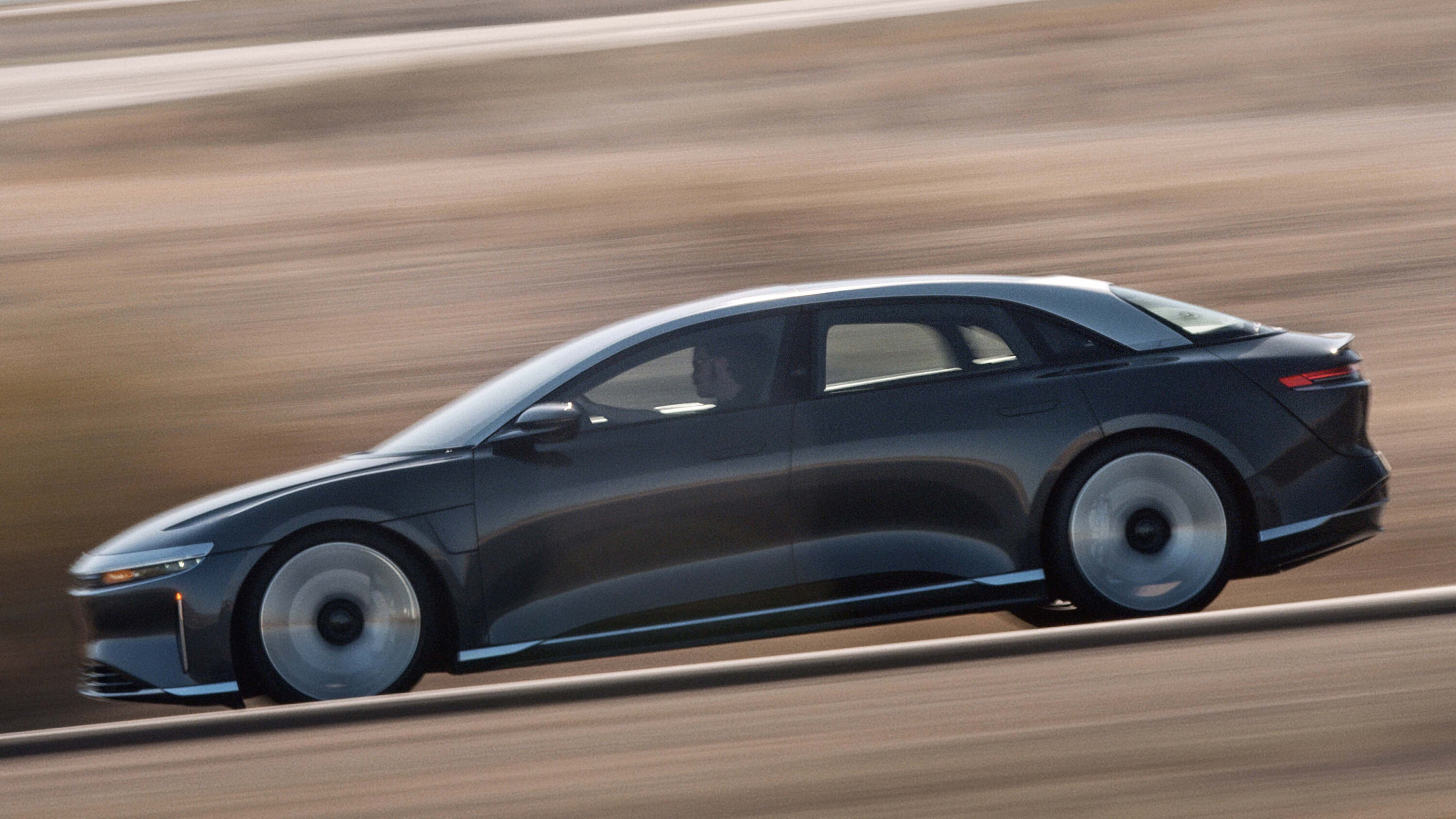
Although the Lucid loses the 0-100km/h duel to the top-notch Muskmobile by almost a second, it is still incredibly quick by super saloon standards, EV or not.
Less brutal than the Plaid, the Air behaves in a more composed manner, is equally well balanced and absolutely loves corners, not merely show-off straights where the car from Texas excels.
The steering of the Grand Touring expertly fuses intuition and feedback, its brakes are potent and responsive, the chassis talks you through its motions in a confidence-inspiring fashion, and there is an unfiltered honesty in every move this precision tool makes.

Downsides? Even the lower of the two regenerative braking stages is quite aggressive and thus too close to the controversial one-pedal feel, and requires constant throttle adjustments to maintain a steady flow.
The drive modes labelled Smooth, Swift and Sprint are not sufficiently pronounced to have a sweeping effect on the dynamic composition, but that doesn’t really matter much because with up to of 1200Nm of instant torque, the right foot calls the shots.
Sublime as it is, the Air may not do well in markets like China because it comes across more like an introverted class act, with pleasantly conventional ergonomics that are devoid of avatars, nicely put-together high-end materials in sedate rather than eye-scorching shades and a wholly functional rather than an overly intricate driver environment.
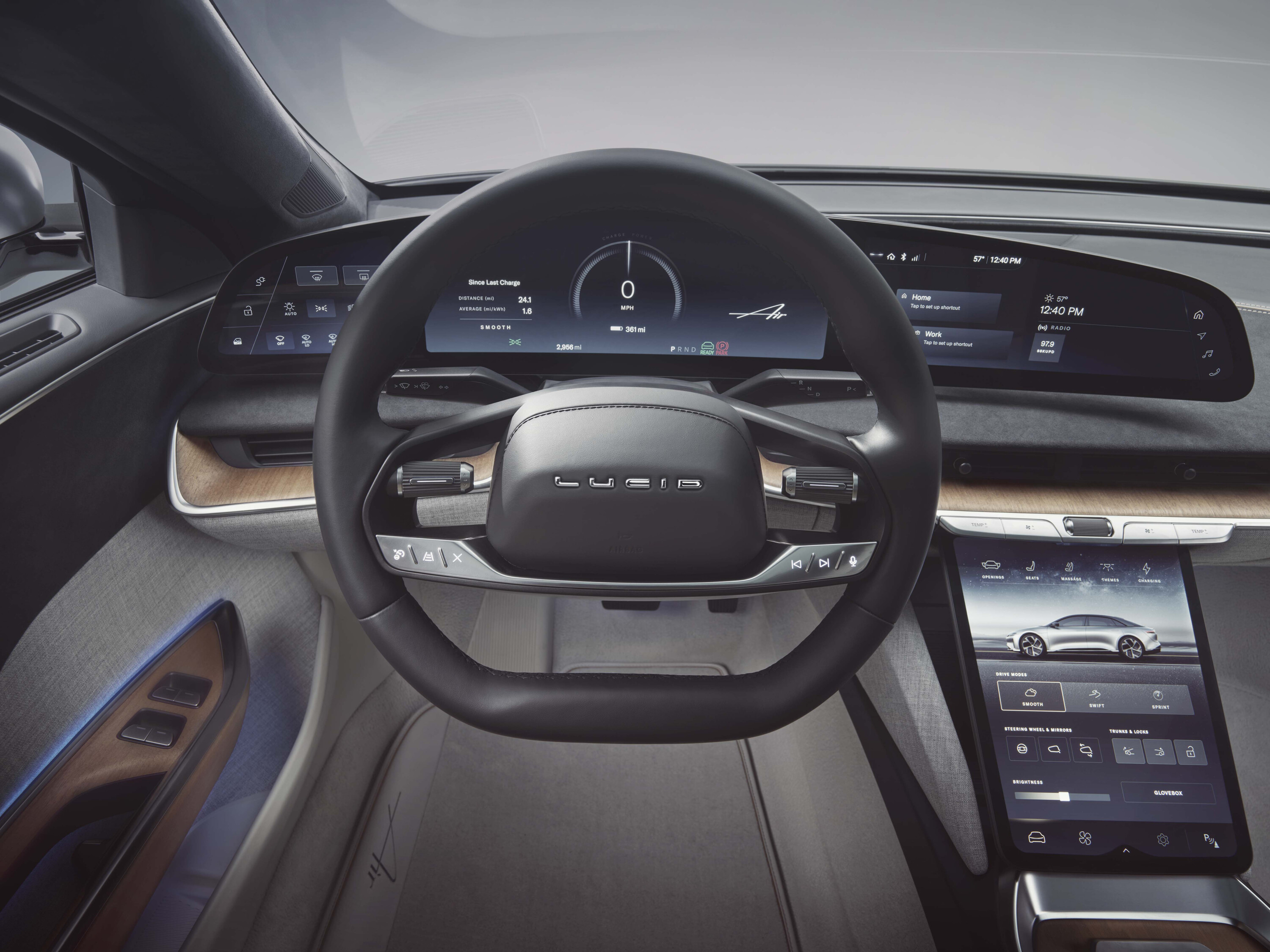
Minor software glitches still need fixing, though, as does that uncomfortable rear seat bench, and a virtual update to the brittle suspension set-up would not hurt, either.
But the Lucid is the only EV with a frunk worth a damn, and it is poised to win the street cred sweepstakes; the 358kW Pure AWD, for example, cost over twenty percent less than its main opponents while still eclipsing them all in terms of acceleration, range, consumption and charging time.
After a recent $US1.8bn cash injection from Saudi Arabia´s investment fund and a freshly inked cooperation agreement with Aston Martin, Lucid appears to be back on safer ground. This should boost buyer confidence in the Air, which has just come down in price by up to $US12,500/A$19,600 in America, with the base model starting at $US89,300 (A$139,900).
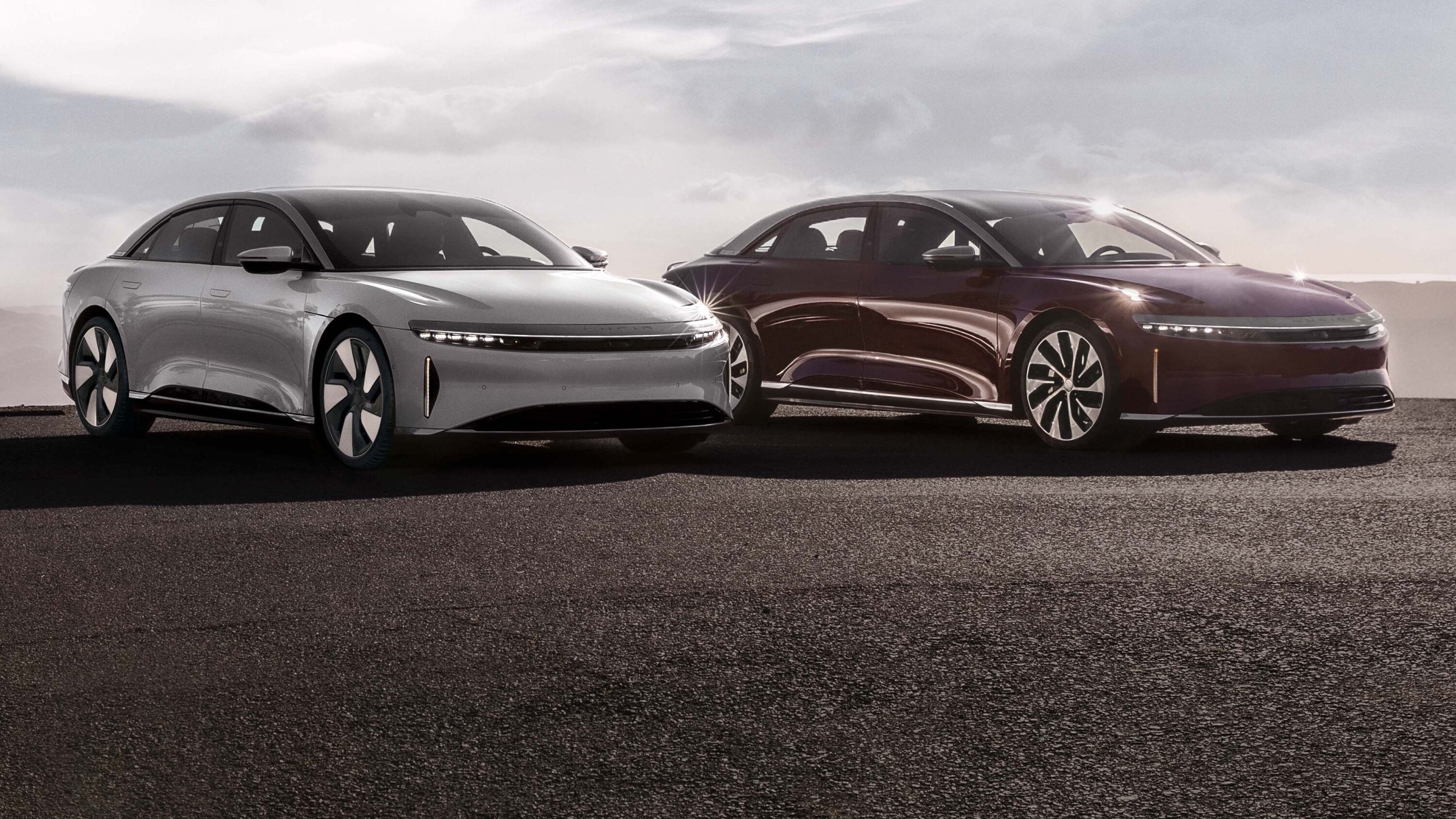
At the top of the range beckons the all-in 828kW Dream Edition Performance, but the 210kW extra horses are an answer to a question only very few high rollers will ask.
While the Grand Touring may not be the highest-tech thoroughbred in the EV corral, it certainly is a smart buy, a charming alternative to the prestigious German nameplates, its charge time versus driving range equation is positively compelling, and it is almost as mind-boggling as the Tesla Model S Plaid when it’s let off the leash.
More EV stories to help you choose the best car for your needs
- ? EV news, reviews, advice & guides
- ❓ Short & sweet: Your EV questions answered
- ⚡ New EVs: Everything coming to Australia
- ? Australia’s EVs with the longest driving range
- ⚖️ Best-value EVs by driving range
- ? How much do EVs cost in Australia?
- ? How much more expensive are EVs?
- ⚖️ Number crunching: Is it time to switch to an EV?
- ♻ Should you buy a used EV?
- ?️ Are EVs more expensive to insure?
- ? Costs compared: Charging an EV vs fueling a car
- ? EV charging guide
- ? Are there enough EV chargers in Oz?
- ?? EV servicing explained
- ? EV battery types explained
- ? When do EV batteries need replacing?
- ? Hydrogen v EVs: What’s best for Oz?
- ✋? Mind your manners! EV charging etiquette tips
- ? How sustainable are EVs, really?
MORE advice stories to help you with buying and owning a car
We recommend
-
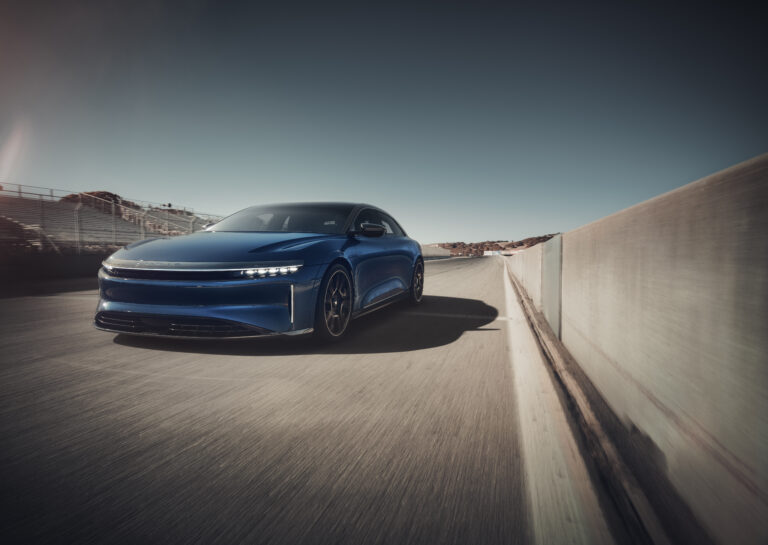 News
News2023 Lucid Air Sapphire: Tesla Model S Plaid rival unveiled
Lucid’s new top-of-the-line performance electric sedan will complete the 0-60mph sprint in less than two seconds
-
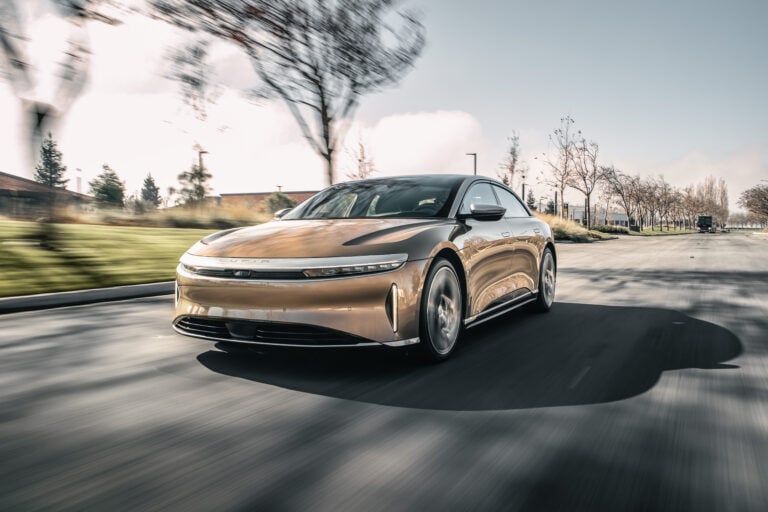 Reviews
Reviews2022 Lucid Air Dream Edition R review: First Drive
Few cars have been as long-awaited as the *other* electric sports sedan from Silicon Valley. Time for a go.
-
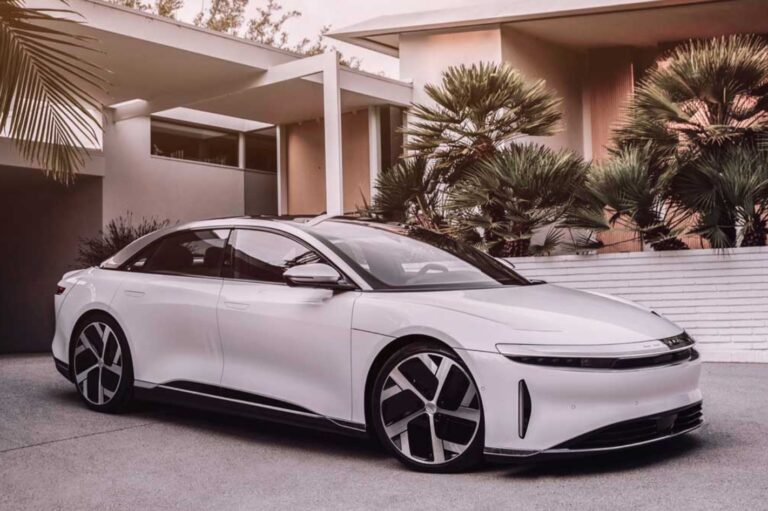 News
NewsLucid Air sets new EPA driving range record of 837km on a charge
The battle to reach 1000km on a charge amps up

